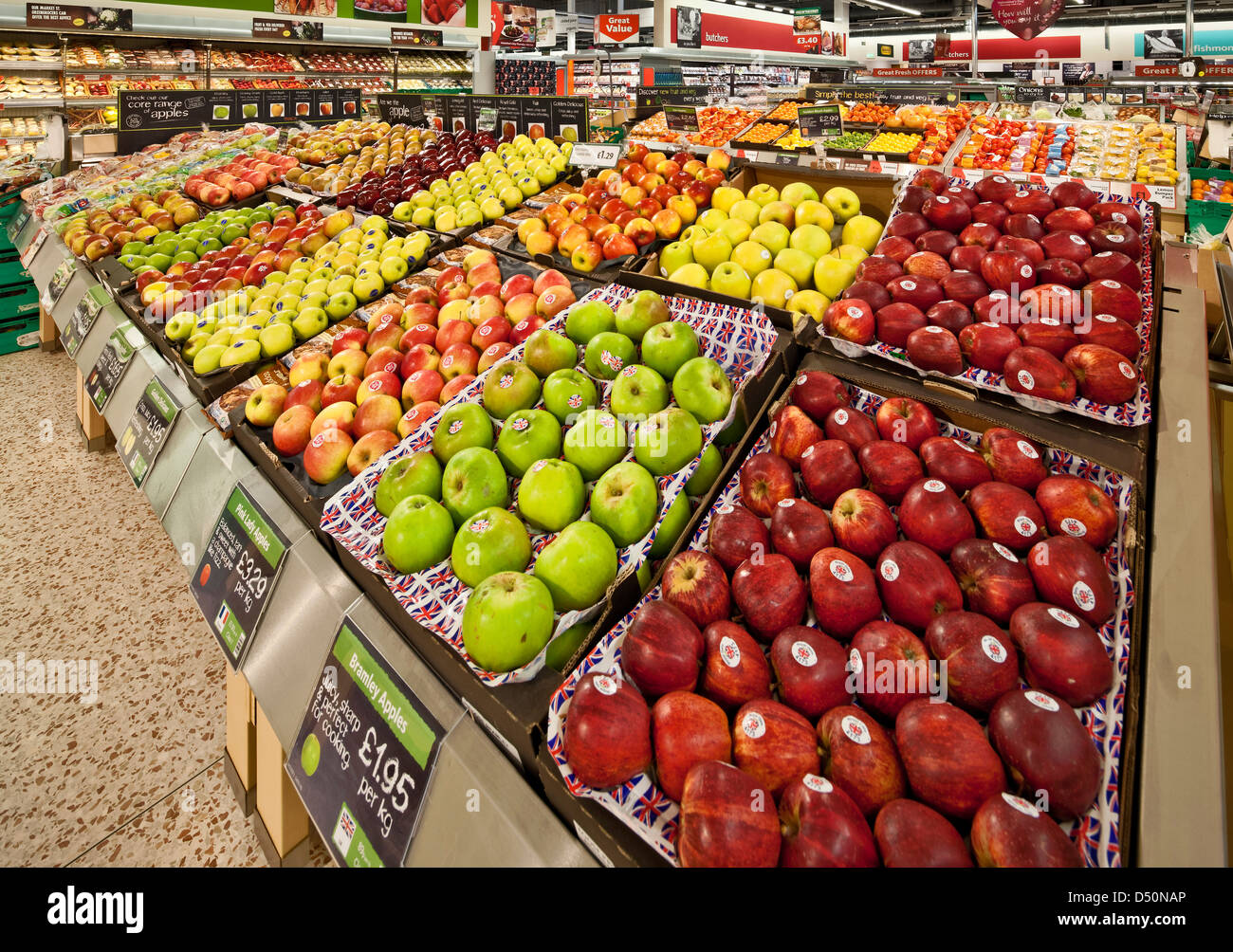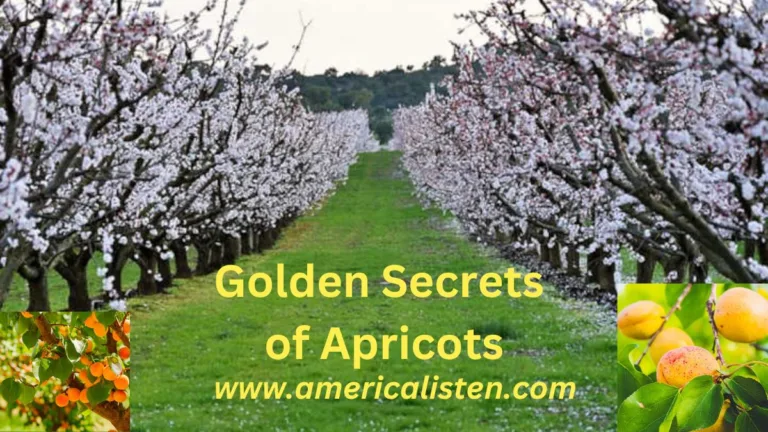American Apple Medley: Navigating the Rich Tapestry of Supermarket Staples and Exclusive ‘Club’ Varieties
Diverse in sweetness, peel color, discovery date, ripening season, origin, and culinary applications, apples offer a multitude of options for enjoyment. From red and green to sweet and tart, dry and juicy, and even types best suited for immediate consumption or delectable desserts, the apple spectrum is vast. Ranging from ancient heirlooms to contemporary introductions, the apple world boasts hundreds of unique varieties.
Presenting a list of 65 apple varieties, we begin with well-known supermarket brands and exclusive “club” apples before delving into specialty and heirloom options from across the globe.
- Common Supermarket Apple Types:
Here are 10 widely available apples found in supermarkets globally, each cherished for its distinct attributes:
- Gala Apples: Originating in New Zealand, Gala apples feature a red and yellow peel, offering a sweet flavor and crisp texture. Widely grown in the USA, they are versatile for various culinary applications.
- Red Delicious Apples: The classic deep red American apple, known for its mild sweetness. While occasionally dry in stores, Red Delicious apples are visually stunning and can be enjoyed straight from the tree.
- Honeycrisp Apples: Developed by the University of Minnesota, Honeycrisp apples boast a large green-yellow profile with a sweet-tart flavor and a uniquely crisp yet juicy texture. Ideal for fresh consumption or holiday apple treats.
- Fuji Apples: With a pink hue and delicate yellow stripes, Fuji apples, originating in Japan, exhibit a complex sweet flavor and juicy, crisp flesh. Considered one of the sweetest apple varieties, they are suitable for year-round fresh consumption.
- Granny Smith Apples: Recognized by their shiny green exterior and sour taste, Granny Smith apples are perfect for dipping in caramel sauce or baking into delectable pies.
- Golden Delicious Apples: A supermarket staple, these American apples offer a lovely sweet taste and crisp texture. Ideal for various uses, including fresh consumption, cooked recipes, applesauce, and baked desserts.
- Jonagold Apples: Characterized by their large size, red hue, and golden freckles, Jonagold apples from Cornell University provide a well-balanced sweet-tart flavor. Perfect for both fresh eating and baked dishes.
- Braeburn Apples: Discovered in New Zealand, Braeburn apples feature a flavorful sweet-tart profile with a hint of spice and a crisp texture. Ideal for those who prefer a more robust apple flavor, they excel in both fresh and cooked applications.
- McIntosh Apples: Canadian heritage apples with tartness, a green and red peel, and white flesh. Known for being great in applesauce and a staple in well-rounded apple pie fillings.
- Crispin/Mutsu Apples: Large green apples with a delicious sweet flavor, Crispin apples from Japan offer a crisp texture and juicy bite. Versatile for fresh consumption or various cooking methods.
- Brand-name “Club” Apple Varieties:
The following 15 apples, known as “club” varieties, require licensing for cultivation and offer unique flavors and textures:
- Pink Lady Apples (Cripps Pink variety): These apples, with a red-pink blush peel, are a standout from the Cripps Pink variety, known for their fresh eating, slow browning, and suitability for baking.
- SweeTango Apples: Developed as an improved version of Honeycrisp, SweeTango apples from the University of Minnesota are exceptionally sweet with a hint of tang and a crisp, juicy texture—ideal for fresh snacking.
- Envy Apples: A brand-name version of New Zealand’s Scilate apple, Envy apples boast a red peel, sweet-tart flavor, and versatility for fresh eating, baking, or cooking.
- Jazz Apples: A cross between Royal Gala and Braeburn, Jazz apples offer a crisp texture and are suitable for both fresh consumption and cooking.
- Kanzi Apples: Bred in Belgium, Kanzi apples, a cross between Gala and Braeburn, are firm and slightly tart. They are versatile for both fresh eating and cooking.
- Ambrosia Apples: Discovered by chance in Canada, Ambrosia apples feature pink peels and sweet, juicy flesh—perfect for fresh consumption and slow to brown.
- Opal Apples: Bred in the Czech Republic, Opal apples, with bright-yellow hues, are sweet, juicy, slow to brown, and make a delightful addition to appetizer trays and salads.
- Piñata Apples: The US version of German-bred Pinova apples, Piñata apples combine the sweetness of Golden Delicious with the flavor of Cox’s Orange Pippin. They are versatile for everyday eating, salads, cooking, and baking.
This diverse selection of apples ensures a delightful experience for apple enthusiasts, whether seeking traditional favorites or exploring exclusive varieties.






